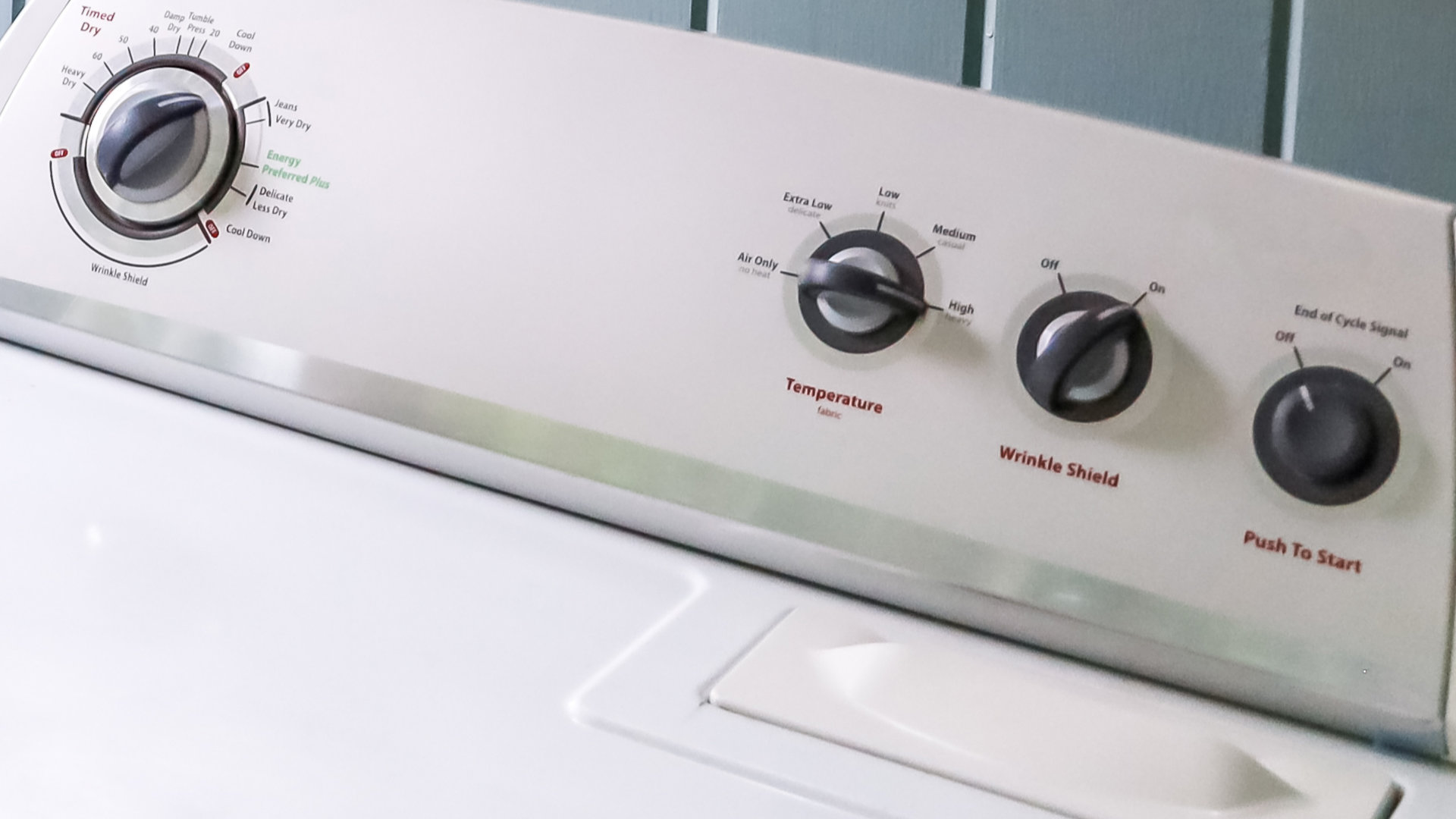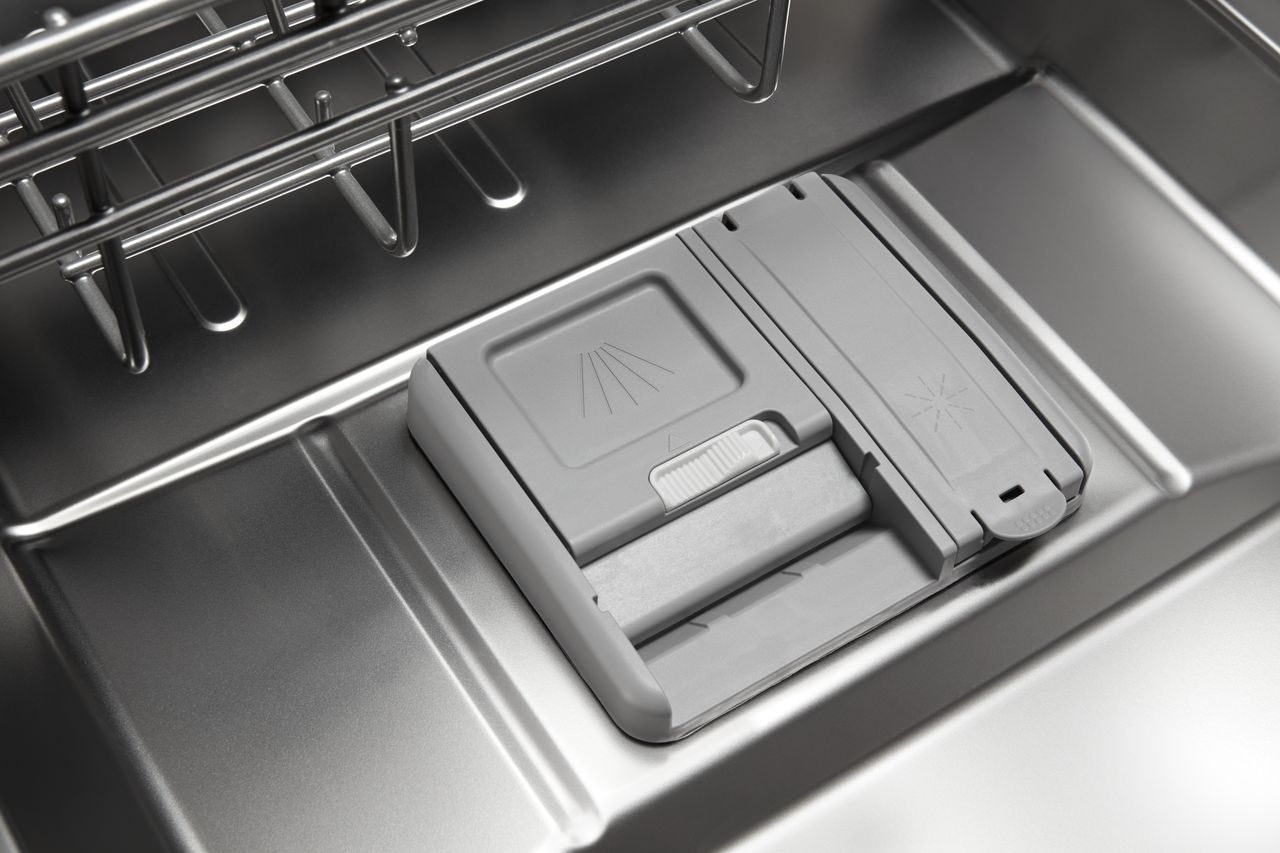
Dishwashers are modern marvels of plumbing and electronics, and of high-quality residential engineering. Without dishwashers, we would all have soap-dry hands and be up to our elbows in dishwater every night after dinner. Without dishwashers, we would still spend half an hour standing at the sink every night, minimum. So it’s pretty alarming when a tiny detail about your dishwasher suddenly renders the entire machine non-functional.
This situation is incredibly common in regards to the dishwasher soap dispenser. That special little compartment that pops open to release the dish detergent when the dishwasher deems the load ‘ready’ to be washed with soapy water. However, if the dispenser is not properly closed or if it does not open during the dishwasher cycle, you’ve got a real problem. Possibly even one that keeps the dishwasher from running entirely.
Today, we’re here to explore the top seven most common reasons why that little dishwasher soap dispenser is not working the way it should.
1) Soap Buildup
Understandably, the number one most common cause of soap dispenser trouble is a buildup of soap. This tiny hinged compartment influences the entire dishwasher cycle and is always full of detergent. Most dishwashers are designed to spray water directly into this compartment to blast the soap out onto the dishes. However, older or more poorly designed dishwashers do not achieve the necessary angle or force of spray to fully clear out the compartment.
As a result, any aspect of the soap dispenser could become quickly clogged with old dried-on dishwasher detergent. The latch grooves can fill up with detergent making it impossible to latch closed or quite difficult to open. Soap can build upon the hinges preventing smooth opening and closing of the mechanism. Take a hot damp cloth and clear away any residue in the soap dispenser cover itself.
2) Broken Latch
Next, take a look at the latch mechanism. If it is clean and free of detergent buildup you can look closely at how the grooves are supposed to fit together and what the locked position might look like. You can test this by closely observing how the latch closes or was meant to close in the first place. You may find that a small piece of food is obstructing the latch or that the latch no longer works the way it should.
Causes for latch troubles might include brittle plastic from an older latch breaking off or possibly even a break from having too much force applied while the mechanism was scungy with old detergent. Your latch may also be bent out of shape or even simply worn away so that the catch no longer has anything to catch on to.
3) Broken Spring
The thing that makes the detergent door pop open instead of falling open in the dishwasher is a tiny spring that powers the soap dispenser. When the right time comes in the cycle, the spring triggers and pops the soap dispenser open so that hot water jets can instantly cause suds and blast the soap around the dishes.
When that spring is broken, your detergent dispenser is far less likely to open the way it should. You may find increased grime from detergent that has not fully left the chamber around the dispenser door and the dishwasher door interior surrounding it. A broken spring can also make it difficult to work on the soap dispenser door as you will have to manually pry it open instead of relying on the spring to trigger the moment the latch is released.
4) Warped Dispenser Door
Unfortunately, one of the other common problems with your dishwasher soap dispenser is that the dispenser door has literally warped during one of the dishwasher cycles. This is a problem that is very rare for name brands but is quite common for homeowners with old top-load washers and those looking to create a rustic feel with second-hand local items. If the water is too hot, the heat-dry cycle is too hot, or something goes wrong while the washer is in use, there’s a chance the soap dispenser can get damaged in the process.
Should this happy, you may need to install a new soap dispenser door on your washing machine. This task can be easy for recent models but more difficult for dinosaur washers that have been around for decades.
5) Worn Out Dispenser Gasket
The gasket is the rubber ring round the inside of the soap dispenser door. It ensures that the soap stays sealed water-tight inside the dispenser until it is needed for the wash cycle. This gasket is essential for prepping a washer to run than running it later. This gasket is essential to the washer carefully controlling when it dispenses soap in the washing cycle. It may also be essential to getting your dishwasher dispenser door closed and being able to start the unit.
Gaskets often need replacing, so be prepared to do that for your dishwasher soap dispenser door. If the gasket is still in good condition but is old and dry, all you have to do is apply a little vaseline to the gasket. This will soften it and reinitiate the sea. A little vaseline on the gasket can be essential for closing the dispenser door which can allow you to close the dishwasher door and get your machine up and running again.
6) Wax Motor
What about when your dishwasher soap dispenser doesn’t open during the intended cycle? The dishes come out beautifully rinsed but the soap is the key ingredient. When your dispenser doesn’t open and there’s nothing wrong with the door or latch, the fault might be with the wax motor which is meant to track timers and trigger the soap dispenser when needed. You may need to replace this wax motor or hire a professional to take care of the whole job for you.
7) Loose Rinse Aid Cap
Finally, just to be sure, check the rinse aid cap. If your dishwasher has a small compartment for rinse aid, that might actually be holding you back from officially closing everything up. Check on the rinse aid cap to see if it holds the key to moving forward with repairs. In some dishwashers, you can’t run a cycle unless that little cap is screwed tightly back into place. SO pull it out, inspect it, and then screw it in carefully to see if this renders results.
—Maintaining your dishwasher’s soap dispenser is surprisingly complex considering that dishwashers are meant to be a “set it and forget it” type of appliance. For more insights on how to repair your dishwasher or to call the appliance repair pros, contact us today!

How to Reset a Whirlpool Refrigerator Ice Maker
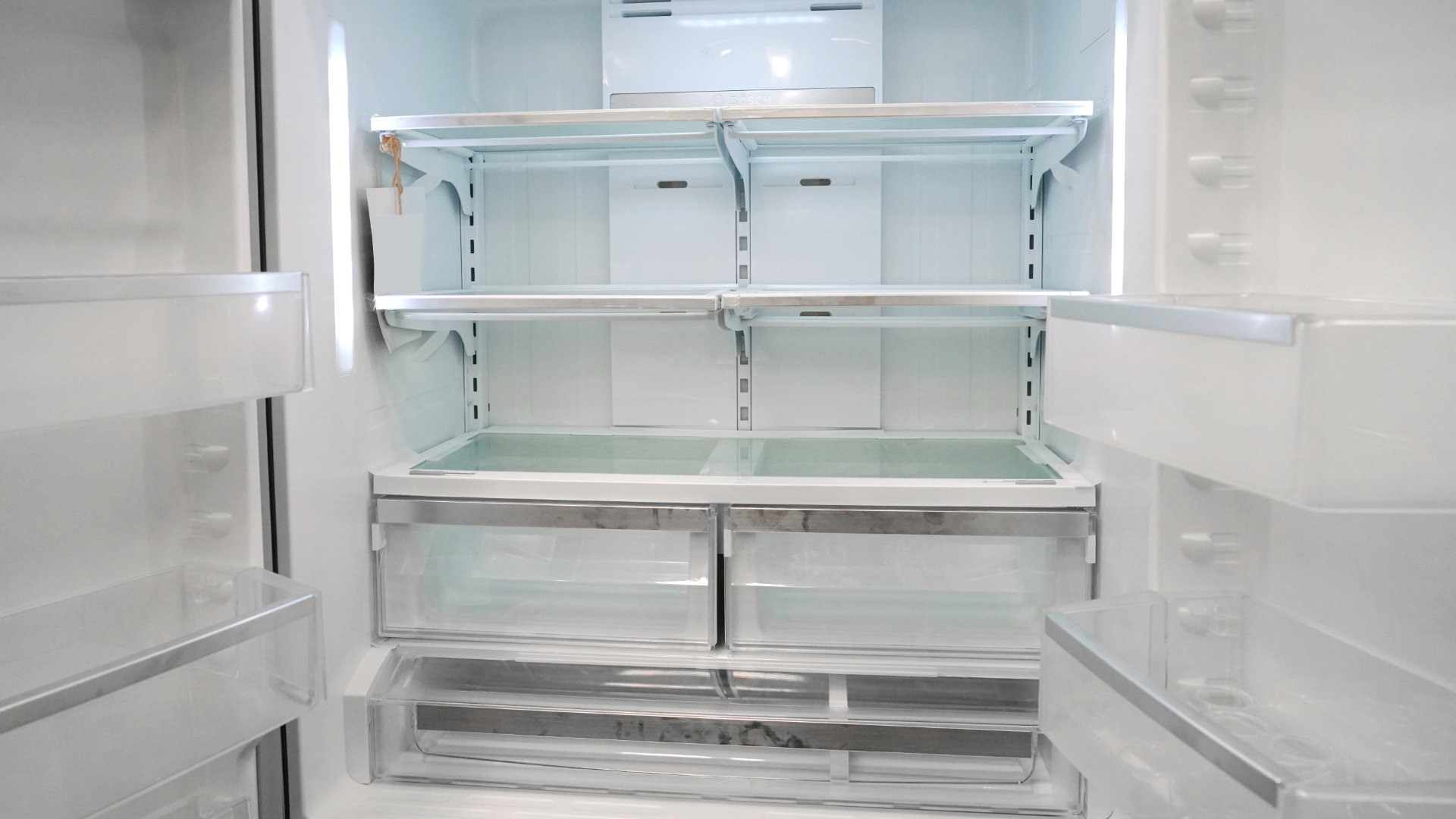
6 Reasons Your LG Refrigerator Is Not Making Ice

Kenmore Fridge Ice Maker Not Working? 5 Ways to Fix It

How to Remove Fish Smell from Your Refrigerator
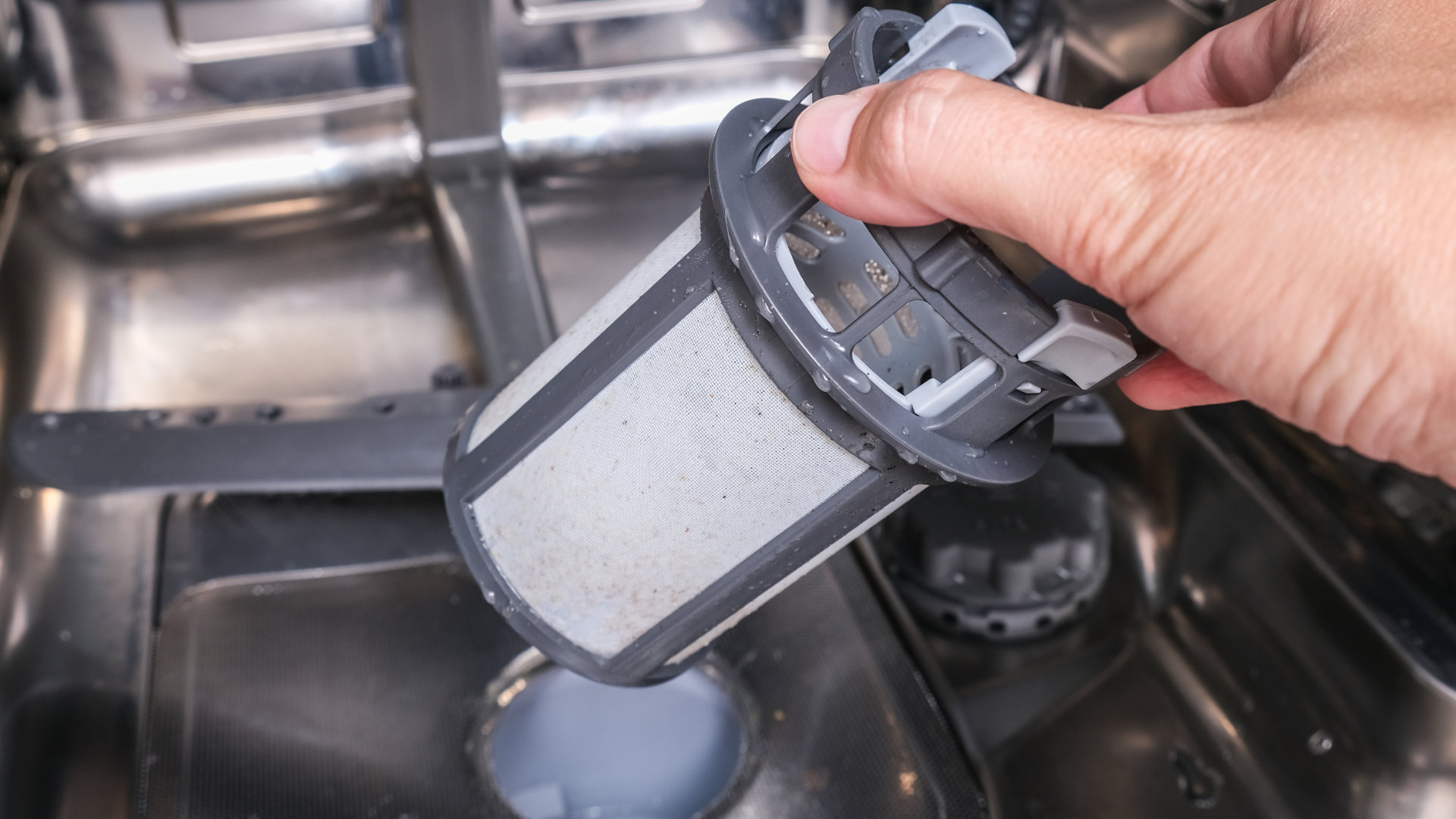
How To Fix Bosch Dishwasher E24 Error

Troubleshooting a Whirlpool Dishwasher Not Draining
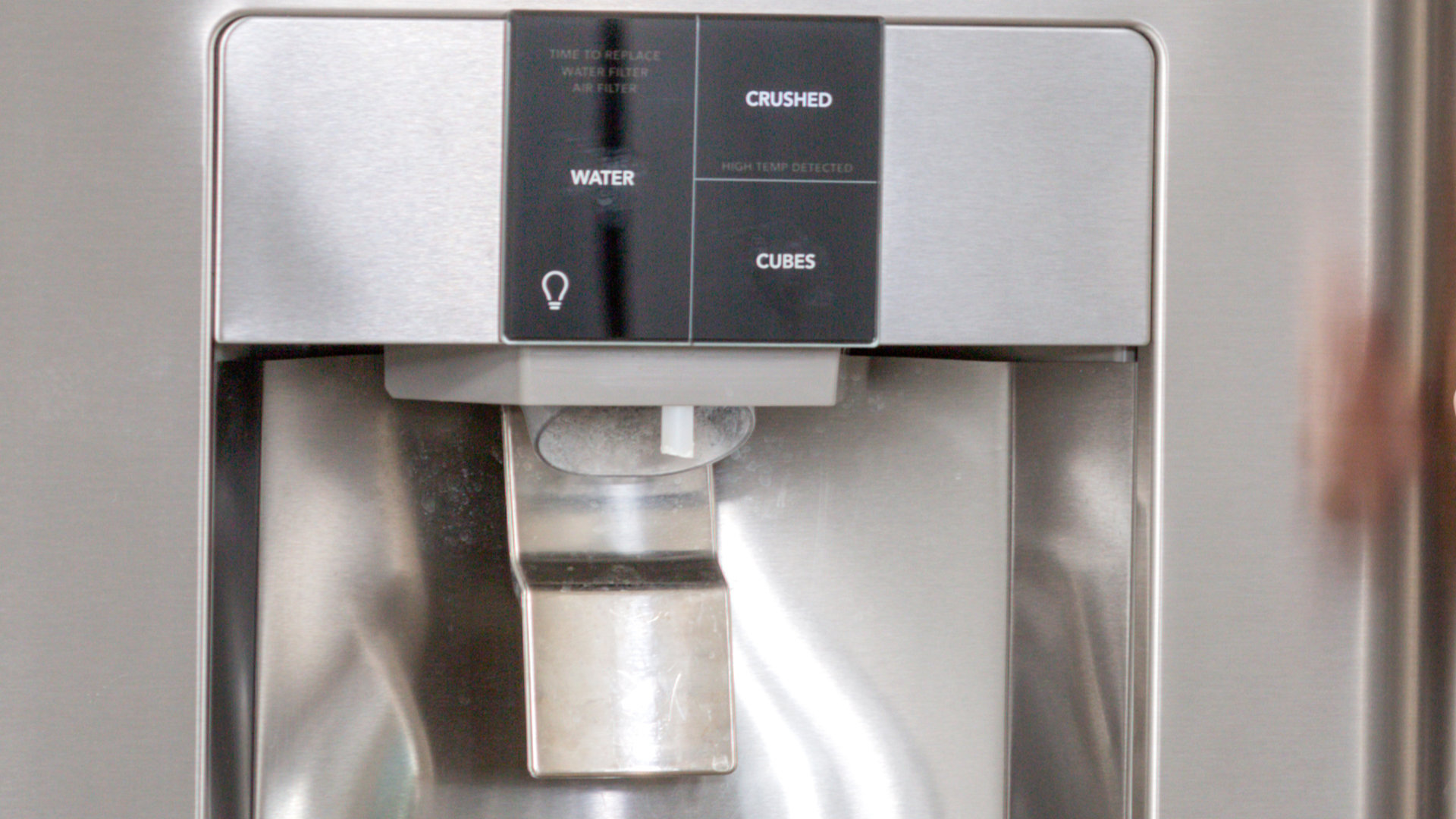
Why Is Your Fridge Water Not Working, but Ice Is?
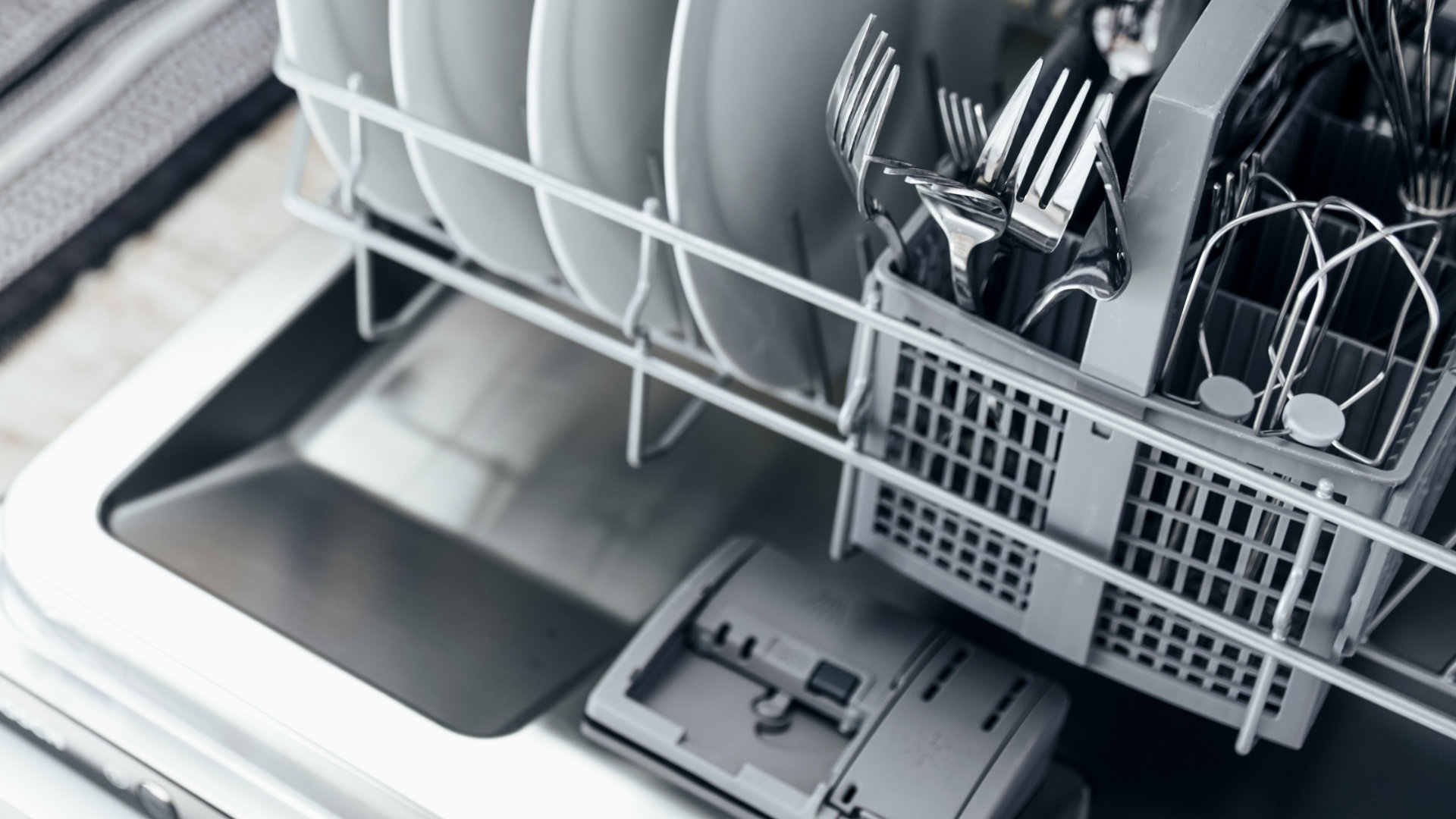
How to Fix the E15 Bosch Dishwasher Error Code
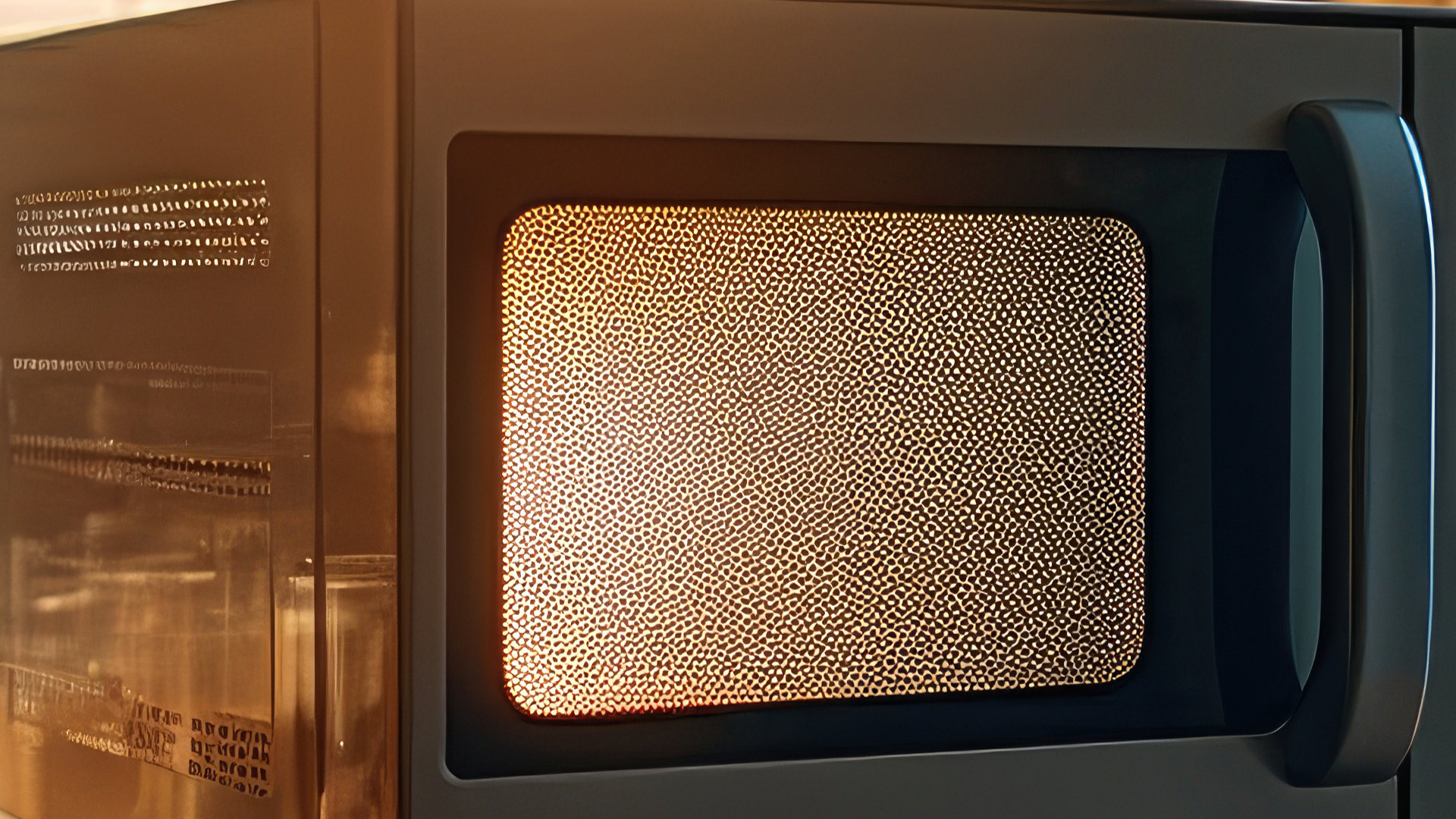
How Much Power Does a Microwave Use?

How to Properly Clean Refrigerator Coils
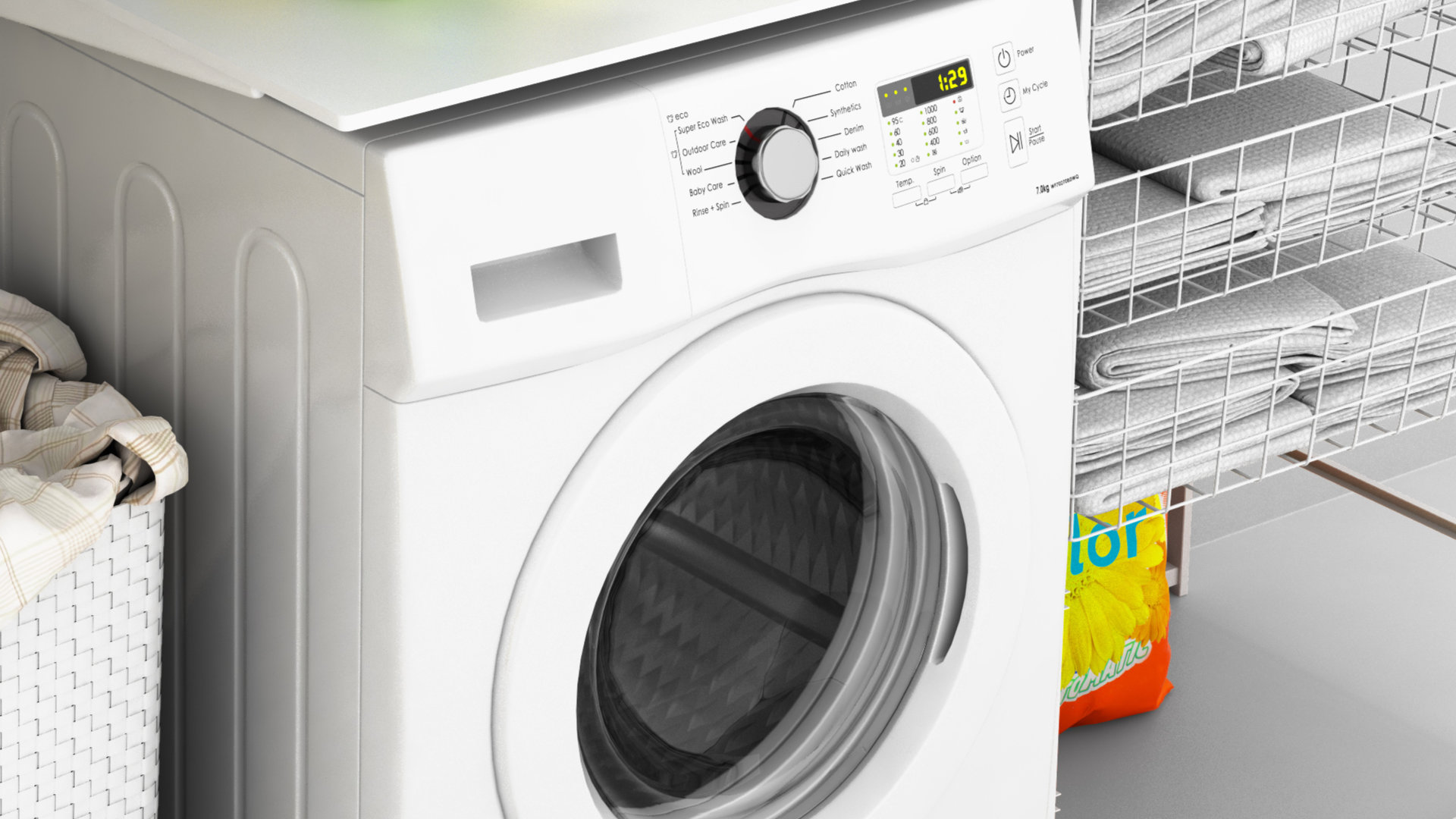
How to Fix an LG Washer Showing OE Error Code
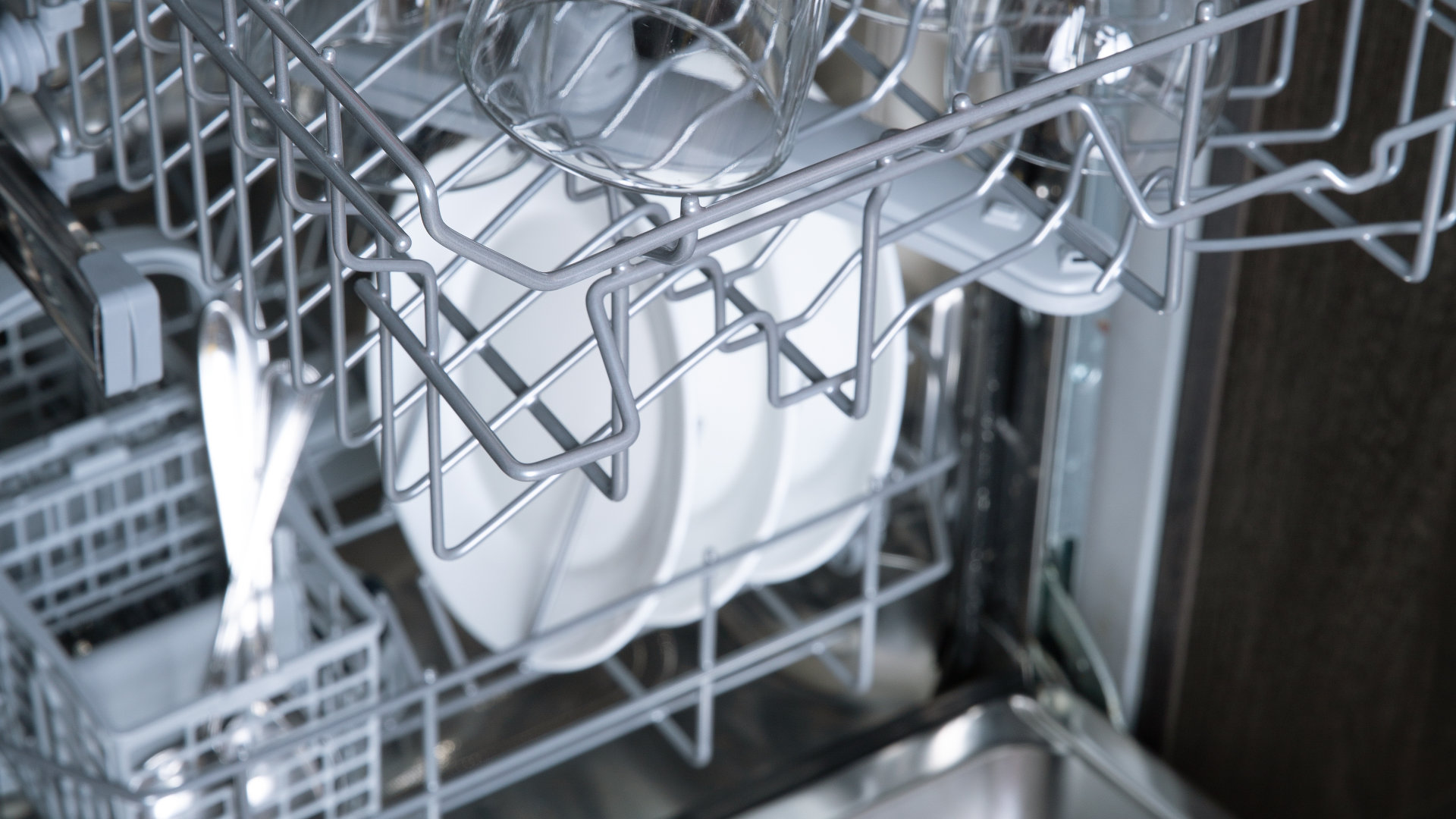
Troubleshooting a GE Dishwasher with No Power and No Lights
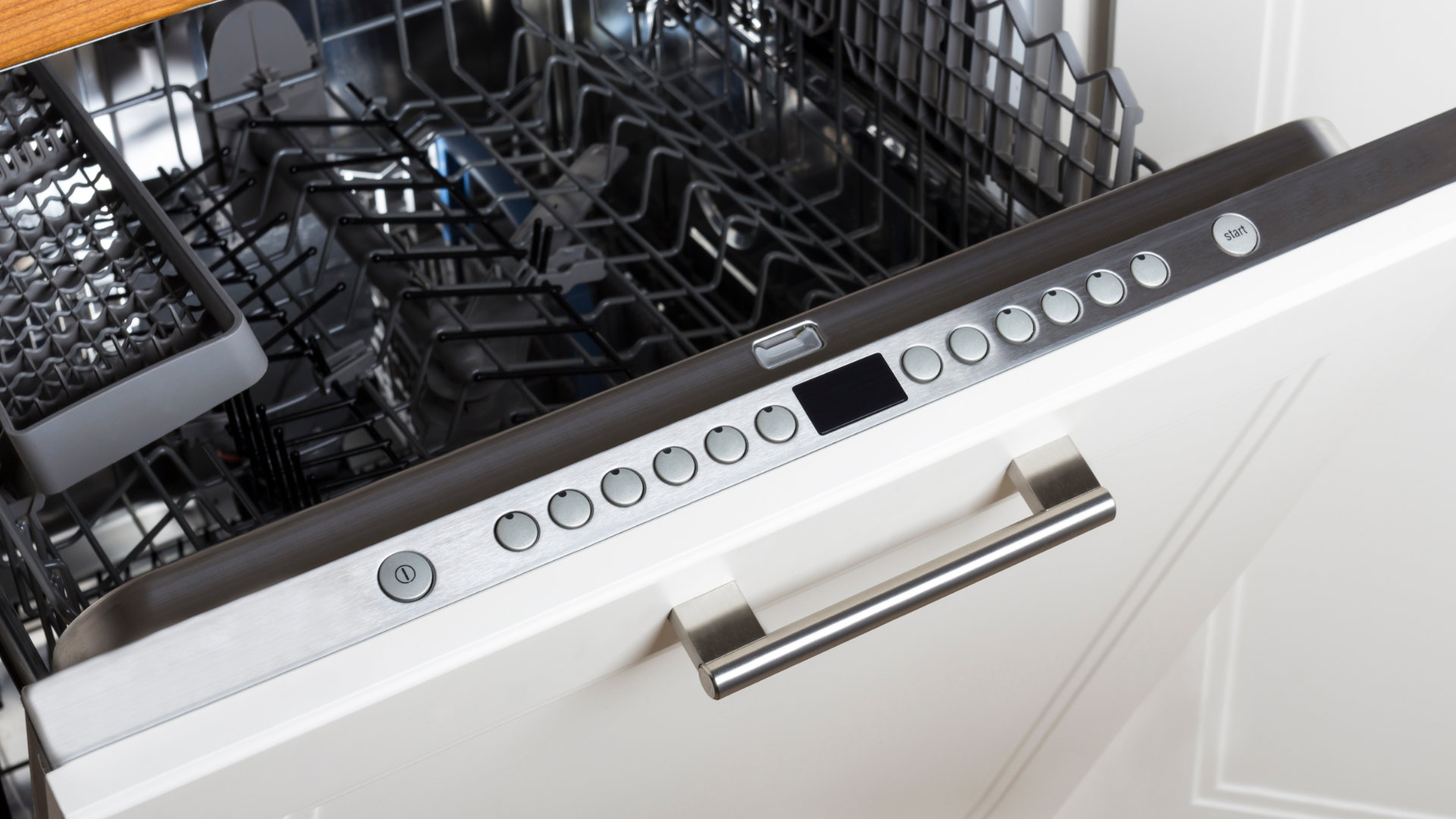
10 Reasons Why Your Bosch Dishwasher Won’t Start
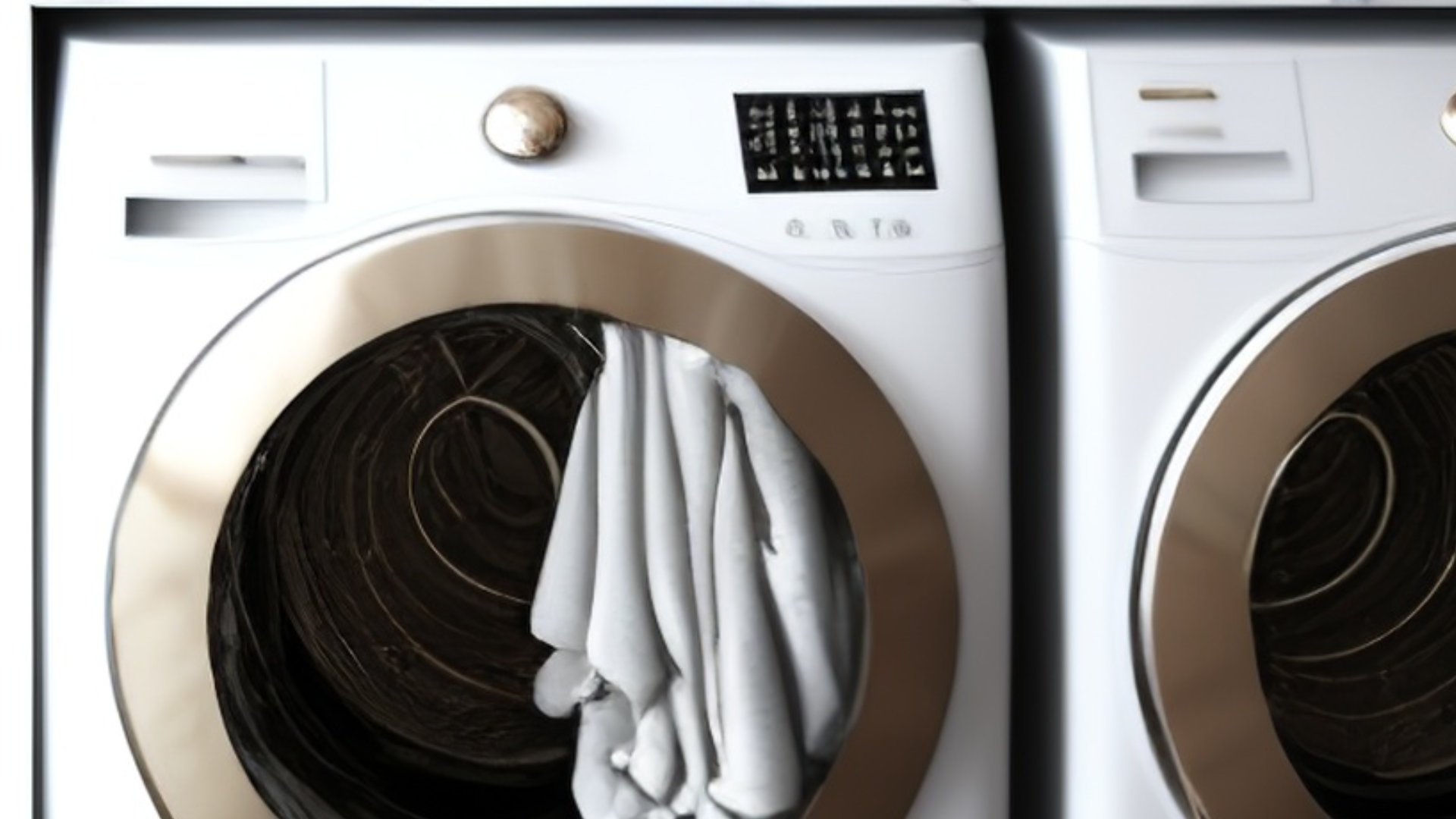
Troubleshooting the F5 Error Code with a Maytag Washer
